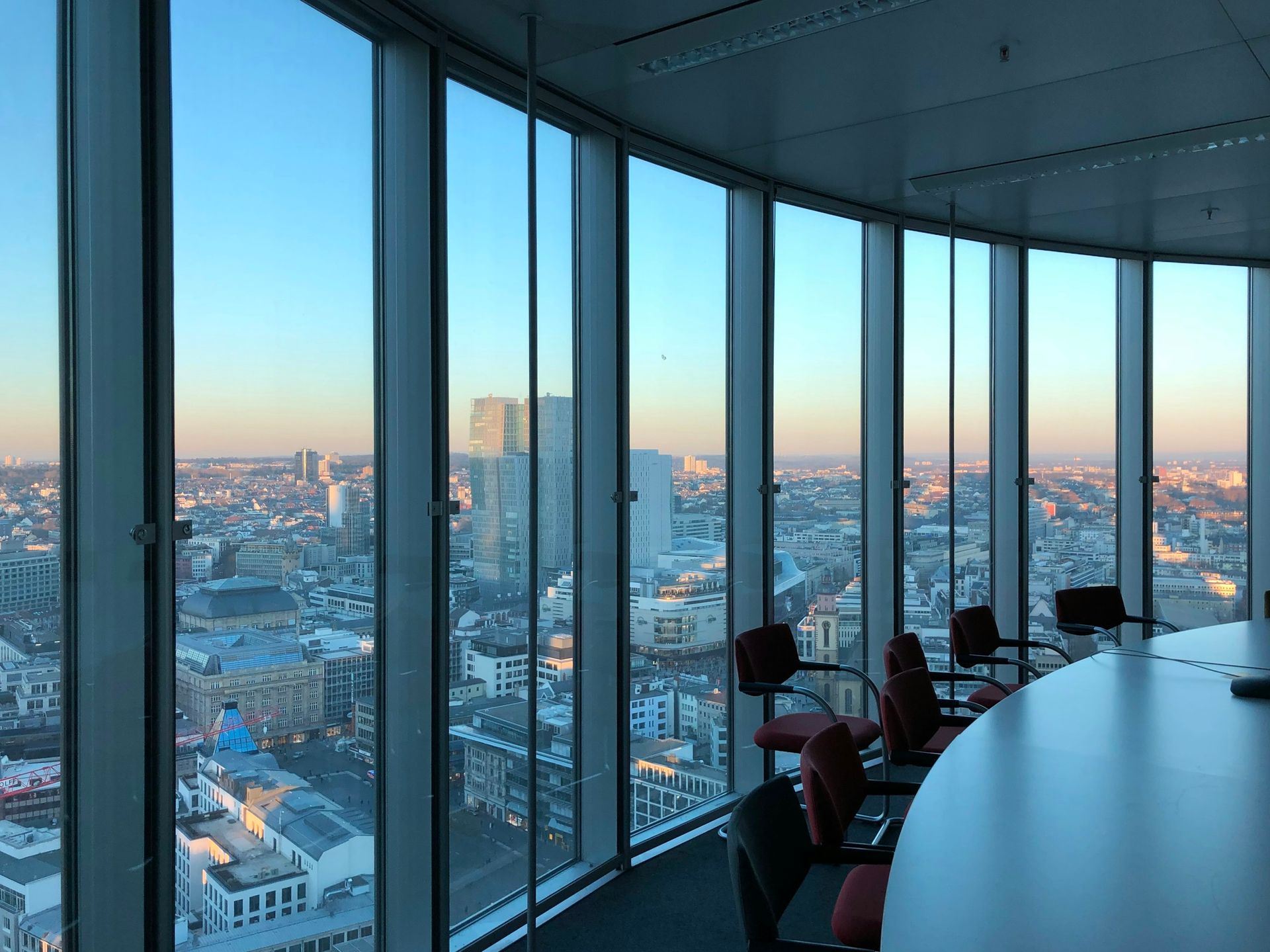INTRODUCTION
When analyzed from a local and global perspective, the growth of the Nigerian entertainment industry is impossible to ignore. With a revenue generation capacity at around N7 billion naira, it stands out as one of the key contributors to Nigeria’s GDP with prospects for more. However, understanding intellectual property rights and the dynamics that surround its exploitation and payment forms appears to be an Achilles’ heel for the players within this industry. This article will attempt to demystify residuals as payment form in Nigerian film industry.

UNDERSTANDING RESIDUALS IN FILMS:
The Nigerian film industry strongly anchors on protecting and exploiting Intellectual Property rights (IPRs). Beyond protection, a careful exploitation strategy concerning these rights ensures that creatives get the much-earned benefits (financial and otherwise) accrued to them for their contribution towards the creation of the work. Mainly, there are two major forms of payments associated with IPRs in the film industry to wit- Royalties (usually performance royalties for music used in films) and Residuals. While they appear similar, they are not the same. On the one hand, Royalties refer to payments made to IPR owners (typically copyrights in music and photographs or still graphics) for the use of their intellectual property while Residuals, are payments made to performers, writers, and other creatives for the reuse or re-broadcast of the work in which they have contributed to. Again, while Royalties will typically be paid regularly and based on the generated sales or revenue from the use of the intellectual property, residuals are paid on a one-time basis on each re-use or re-broadcast, and based on the percentage of the revenue generated by the reuse of the work.
Understanding the concept and application of Residuals in the Nigerian film industry has become more critical with the introduction of global and regional streaming and distribution platforms. However, it is important to note that not all contributors to a film are entitled to or can lay claim to residuals. Generally, and except otherwise expressly waived, mainly principal performers are entitled to royalties, however, where a non-principal performer negotiates into its agreement the payment of residuals, such person will contractually be entitled to the said residuals. By principal performers, we mean the credited cast of a film usually, the lead actors, other actors with Principal speaking roles, Professional singers, Stunt performers or coordinators etc. The aforementioned notwithstanding, there are other persons who by their roles are usually entitled to pre-negotiated residuals in the film, they include directors, unit production managers, assistant directors (typically the first and second) and credited writers. Background actors or actors who show up in only one scene cannot claim residuals.
In more established climes, there are formulas to calculate what is due to the creatives and a collection process. In Hollywood for example, the Screen Writers Guild (SWG) and the Screen Actors Guild (SAG) of America regulate the percentages due to creatives for their roles in movie production. It is unlike the royalties in Music where a percentage is agreed via a contract between the parties. There, the revenue obtained from the reruns and streams of a movie is calculated by the SWG and the SAG. The payment is usually in a percentage formula determined based on the gross revenue received by the unions (SWG and SAG). The union receives payment from the TV shows that rerun the production, then calculates what is due to the creatives. Note that creatives are not eligible for residuals on the initial release of the movie production, which traditionally would last for 90 days (3 months). After this period, the union starts receiving residuals which are payable within 30 days of the rerun, and in turn, remits the residuals to the creatives yearly. For example, in the popular TV show, Jumanji by Dwayne Johnson, produced in 2019, the revenue generated for that year was about $795,000,000 (seven hundred and ninety-five million dollars). However, in subsequent years the blockbuster movie made about $500,000,000 (five hundred million dollars) with the star actors receiving 2% of the gross revenue ($5,000,000). This is not the case in Nigeria as the above system is yet to be adopted or mirrored in Nollywood hence, creatives may have to continue to rely on their contractual negotiations to ascertain what becomes due at a subsequent use or re-broadcast.
CONCLUSION
Overall, where works within this industry are made for an initial specific use, and subsequently remodelled or rebroadcasted in a different format, residuals become due to the relevant applicable contributors to the said work. Residuals remain one of the major incentives for creatives in the film industry. And with the increment of a plethora of subsequent use of films in Nigeria particularly via streaming platforms, creatives must now more than ever, understand the dynamic of residuals if they are to fully maximize the exploitation of their IPRs which are anchored on their contribution(s) to the films in the Nigerian film industry. In all, seeking legal guidance with their contractual engagement will always be a good start.
Written by:
Nosa John Graham Garrick (Managing Partner)
Eseosa G. Irabor (Associate)
Joyce Nneji (Associate)
REFERENCES
- Deborah Dan-Awoh, Top Ten Fastest Growing Film Industries in the World (Nairametrics.com, August 2024) https://nairametrics.com/2024/08/14/top10-fastest-growing-film-industries-in-the-world/ 08/10/2024
- Duale, Ovia & Alex-Adedipe “Implementing Residuals in Nollywood” (doa-law.com, July 2023) https://www.doa-law.com/wp-content/uploads/2023/07/Implementing-Residulas-in-Nollywood.pdf 09/10/2024
- Brian Contreras, “What are residuals and how do they work? A Hollywood background strike, explained” (latimes.com, September 2023) https://www.latimes.com/entertainment-arts/business/story/2023-09-20/actors-and-writers-are-striking-over-residuals-so-what-are-residuals-anyway#:~:text=Residuals%20are%20payments%20a%20writer,can%20also%20bring%20in%20residuals






